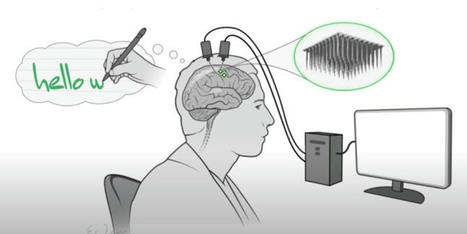Once, the prospect of manipulating the human mind with brain implants and radio beams ignited public fears that curtailed this line of research for decades. But now there is a resurgence using even more advanced technology. Laser beams, ultrasound, electromagnetic pulses, mild alternating and direct current stimulation and other methods now allow access to, and manipulation of, electrical activity in the brain with far more sophistication than the needlelike electrodes Manuel Rodriguez Delgado stabbed into brains.
Billionaires Elon Musk of Tesla and Mark Zuckerberg of Facebook are leading the charge, pouring millions of dollars into developing brain-computer interface (BCI) technology. Musk says he wants to provide a “superintelligence layer” in the human brain to help protect us from artificial intelligence, and Zuckerberg reportedly wants users to upload their thoughts and emotions over the internet without the bother of typing.
But fact and fiction are easily blurred in these deliberations.
How does this technology actually work, and what is it capable of?
Today’s BCI devices work by analyzing data, in much the same way that Amazon tries to predict what book you might want next. Computers monitoring streams of electrical activity, picked up by a brain implant or a removable electrode cap, learn to recognize how the traffic pattern changes when a person makes an intended limb movement.
Advances in brain-computer interface technology are impressive, but we’re not close to anything resembling mind control.
read this excellent essay at https://www.quantamagazine.org/how-brain-computer-interface-technology-is-different-from-mind-control-20210517/



 Your new post is loading...
Your new post is loading...









